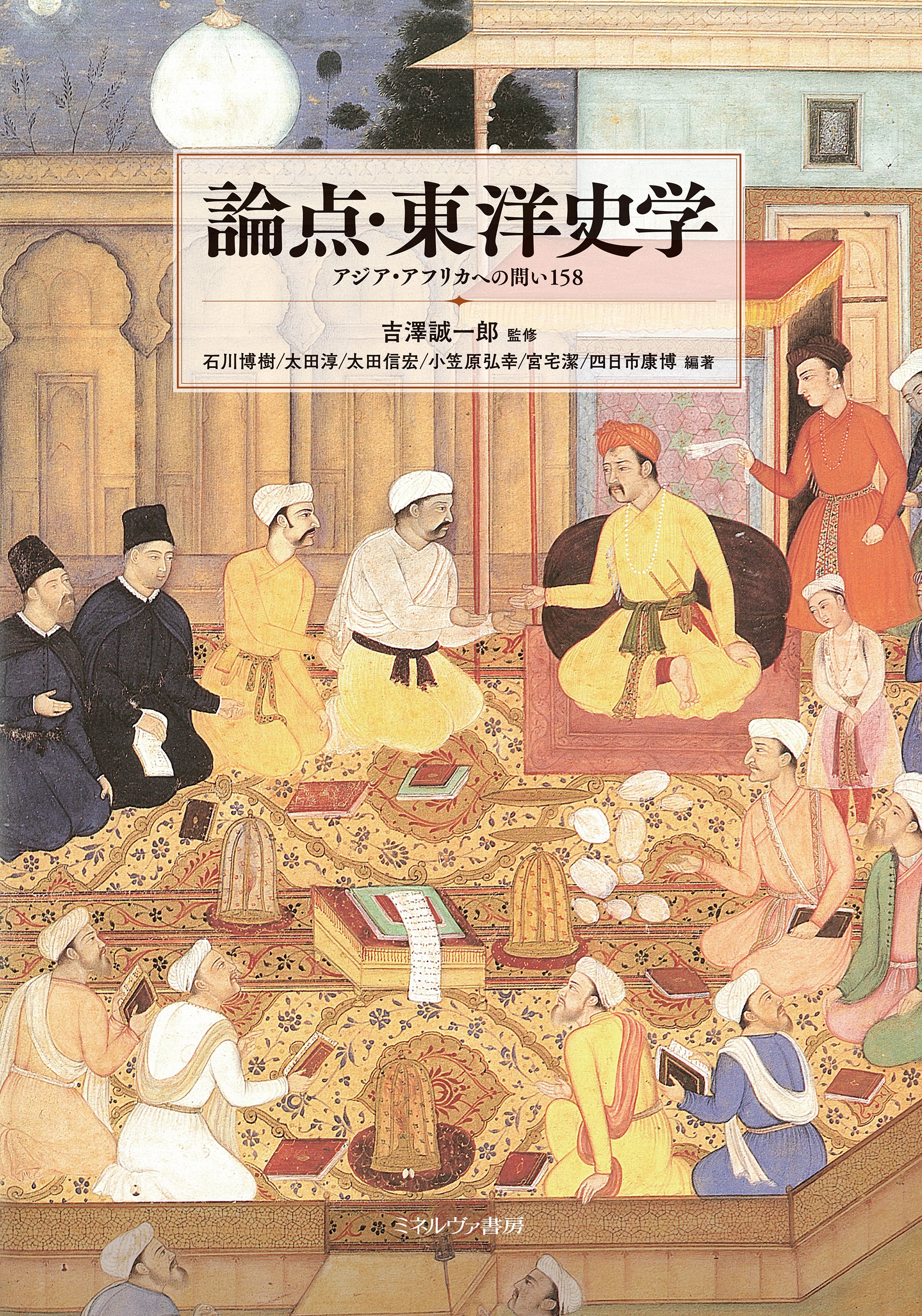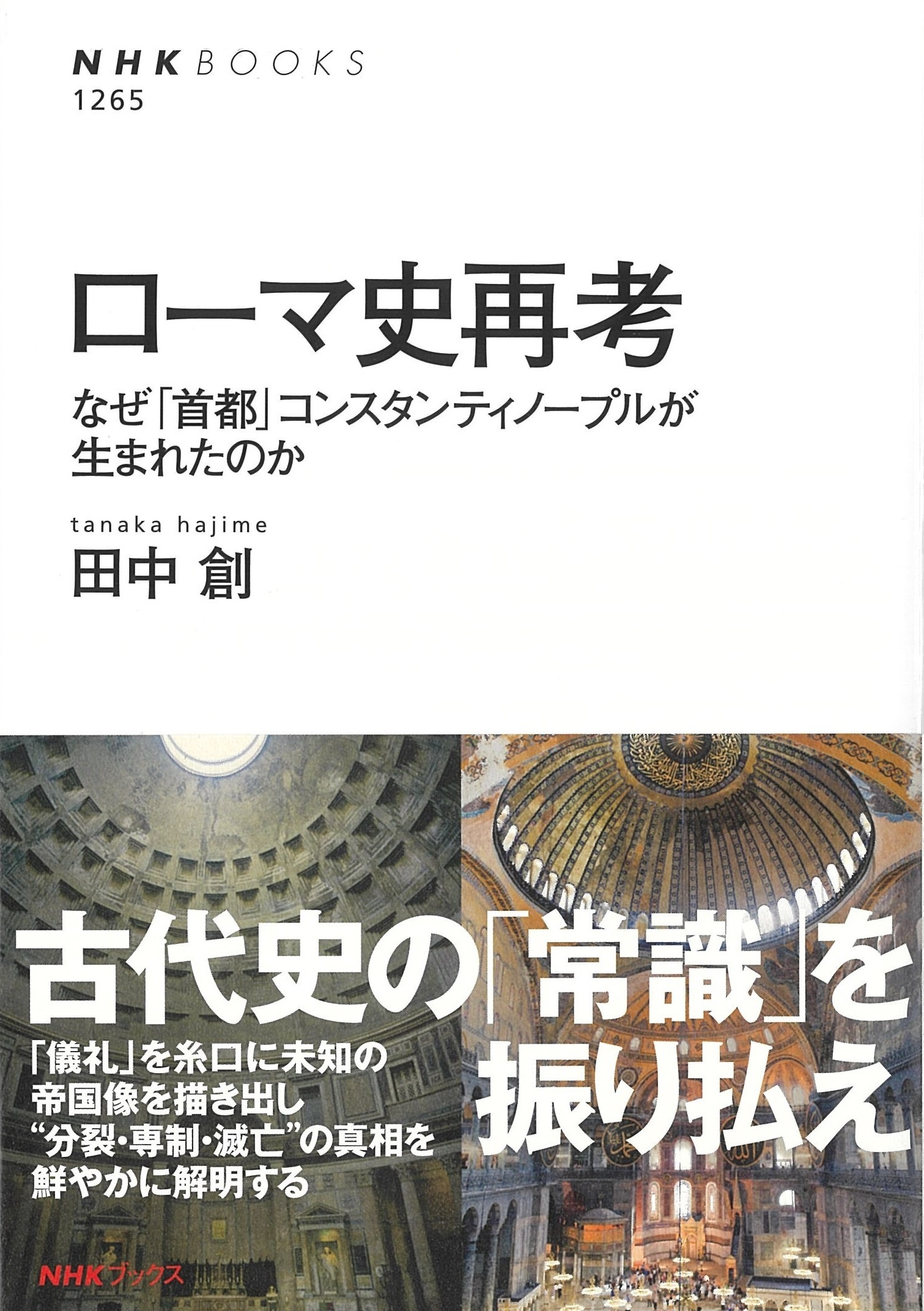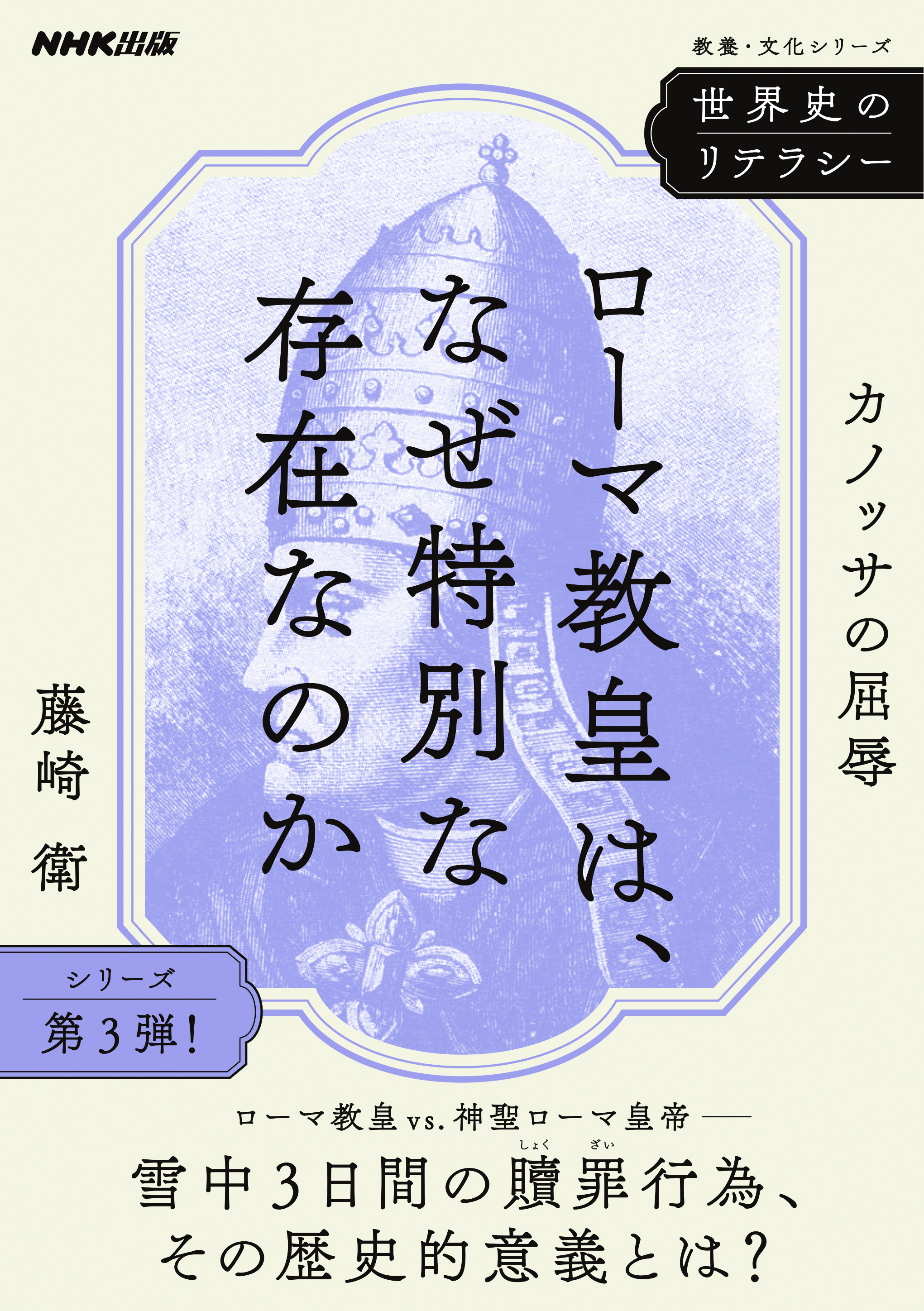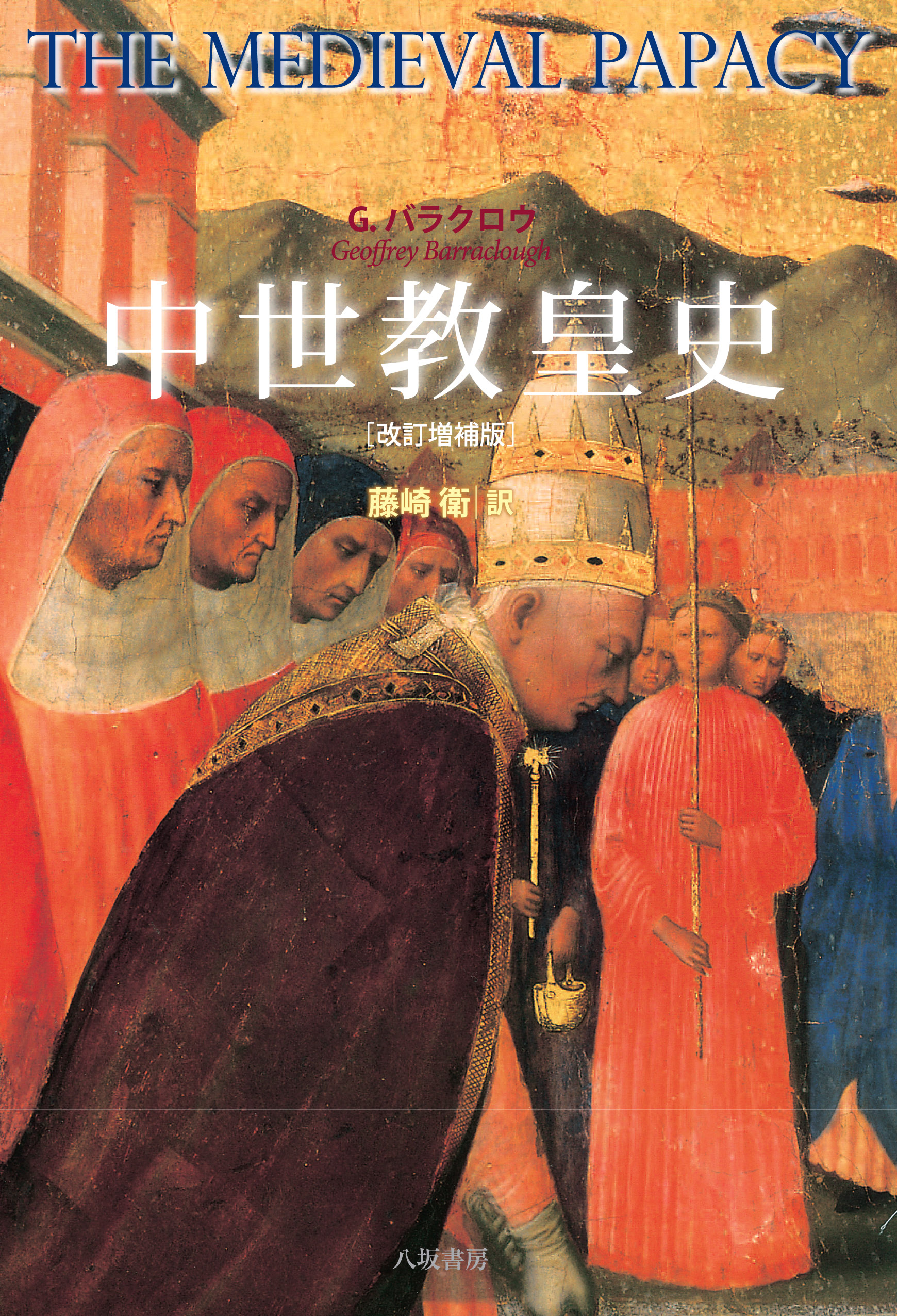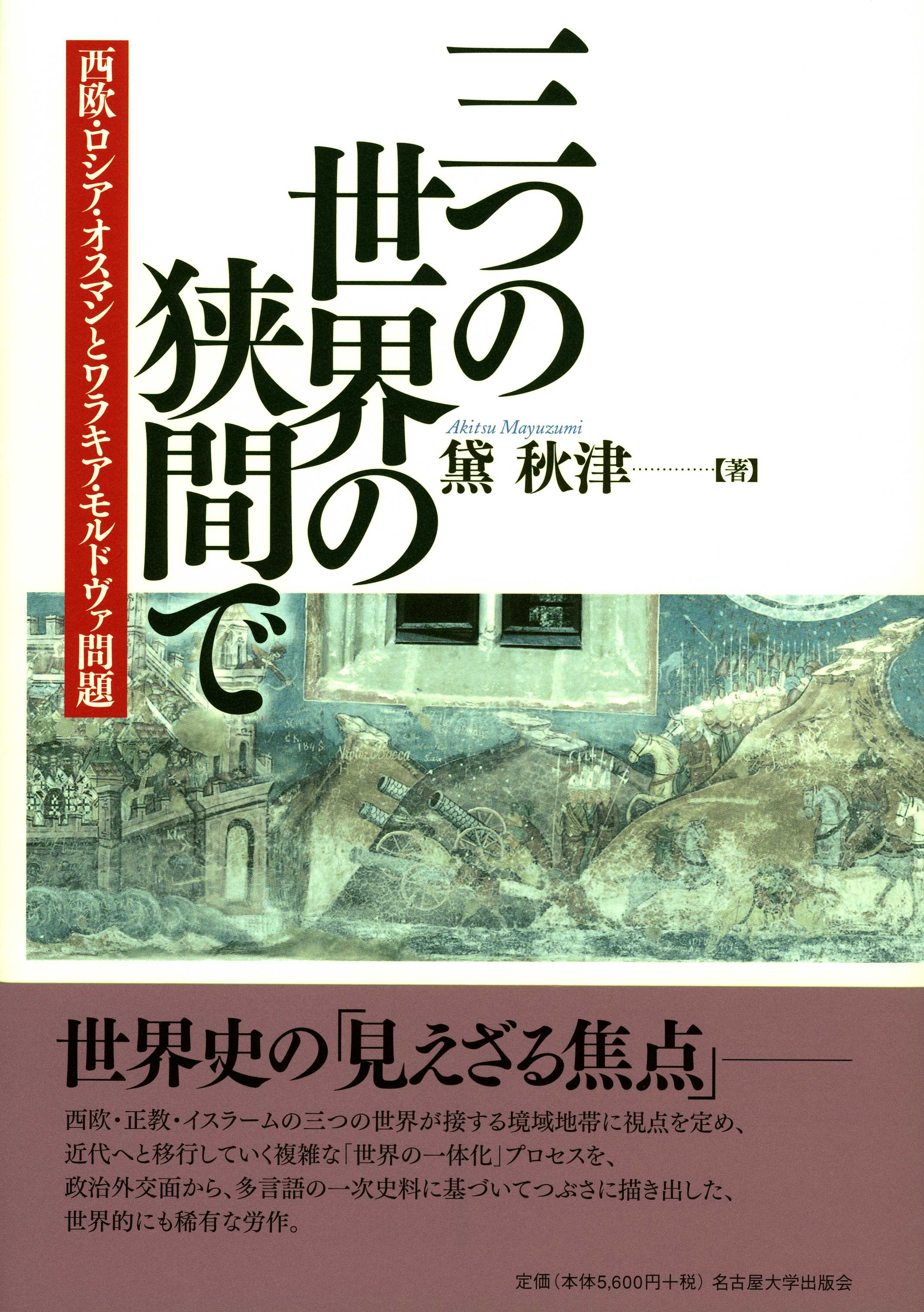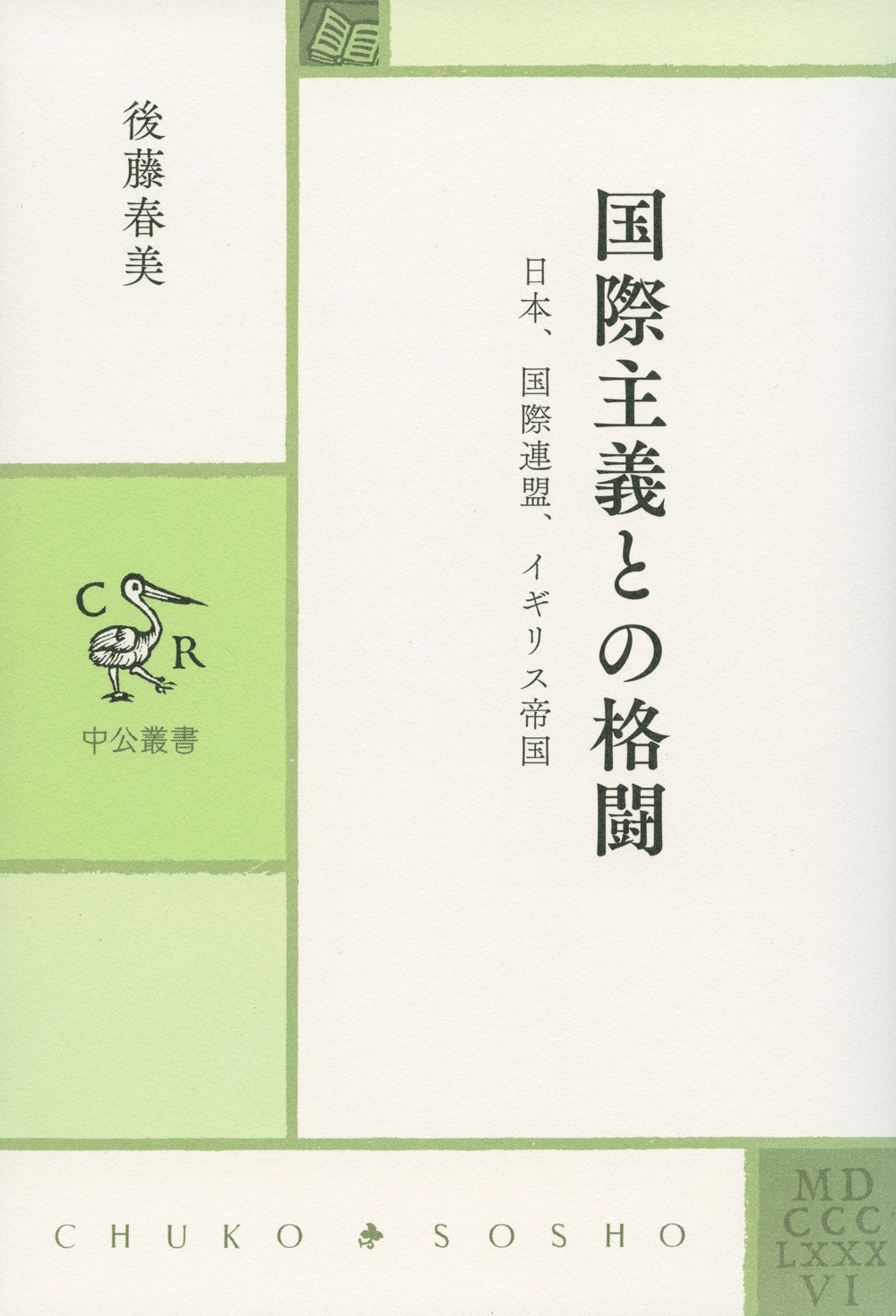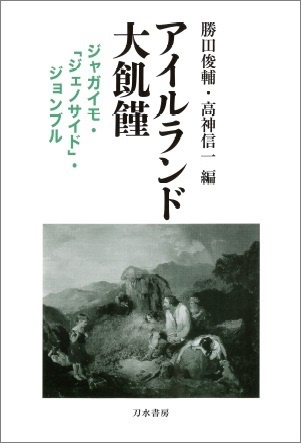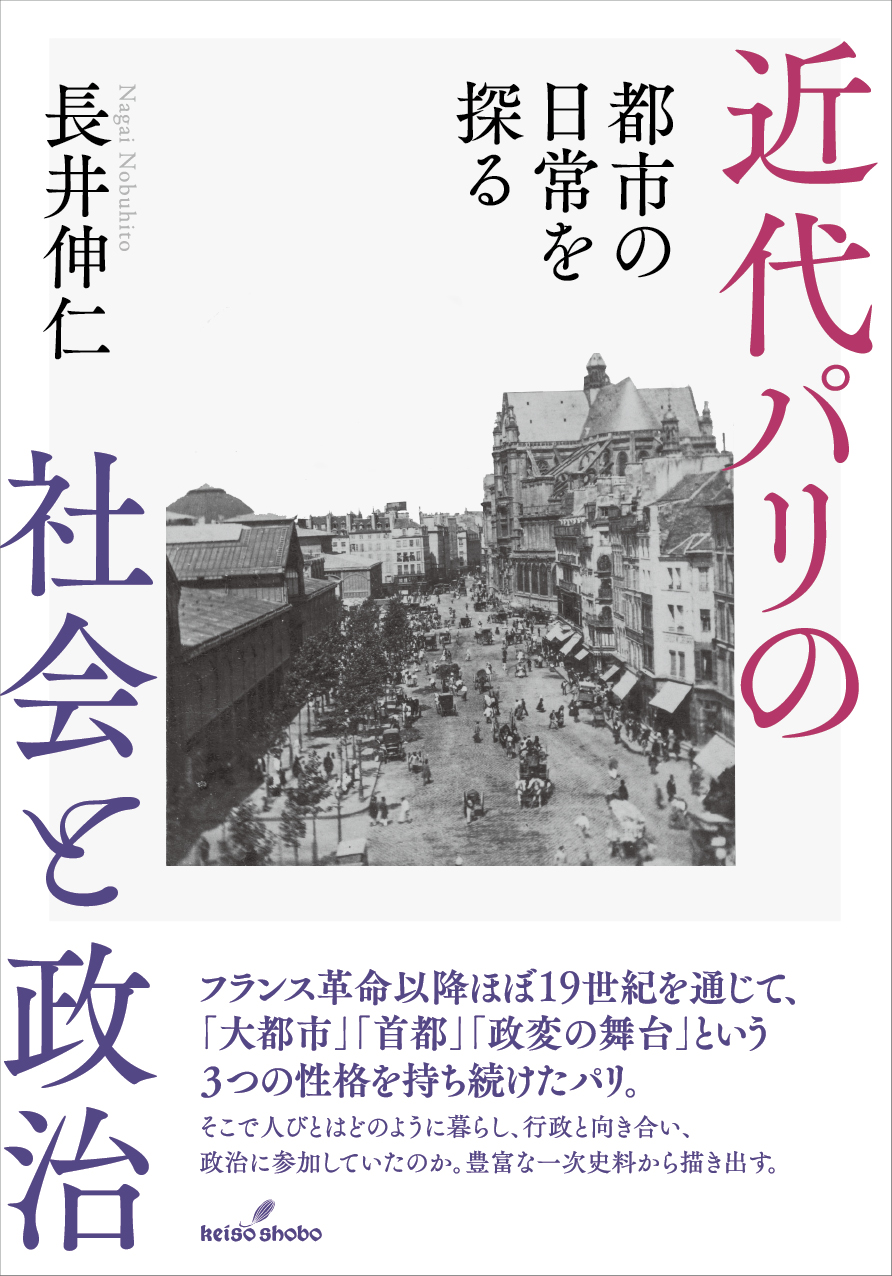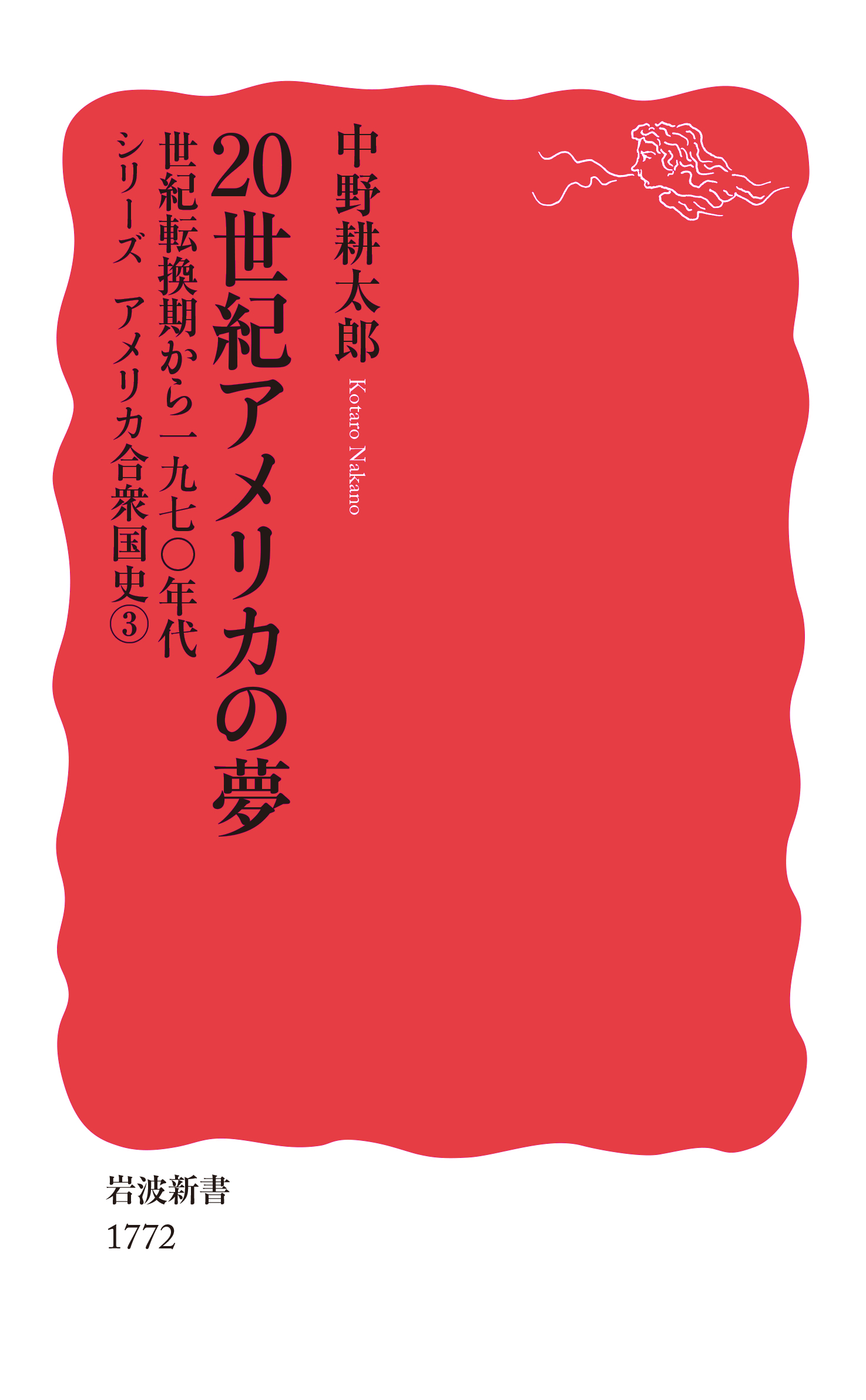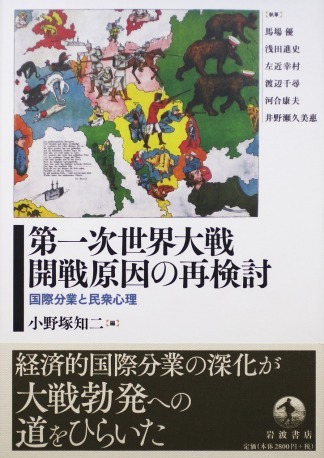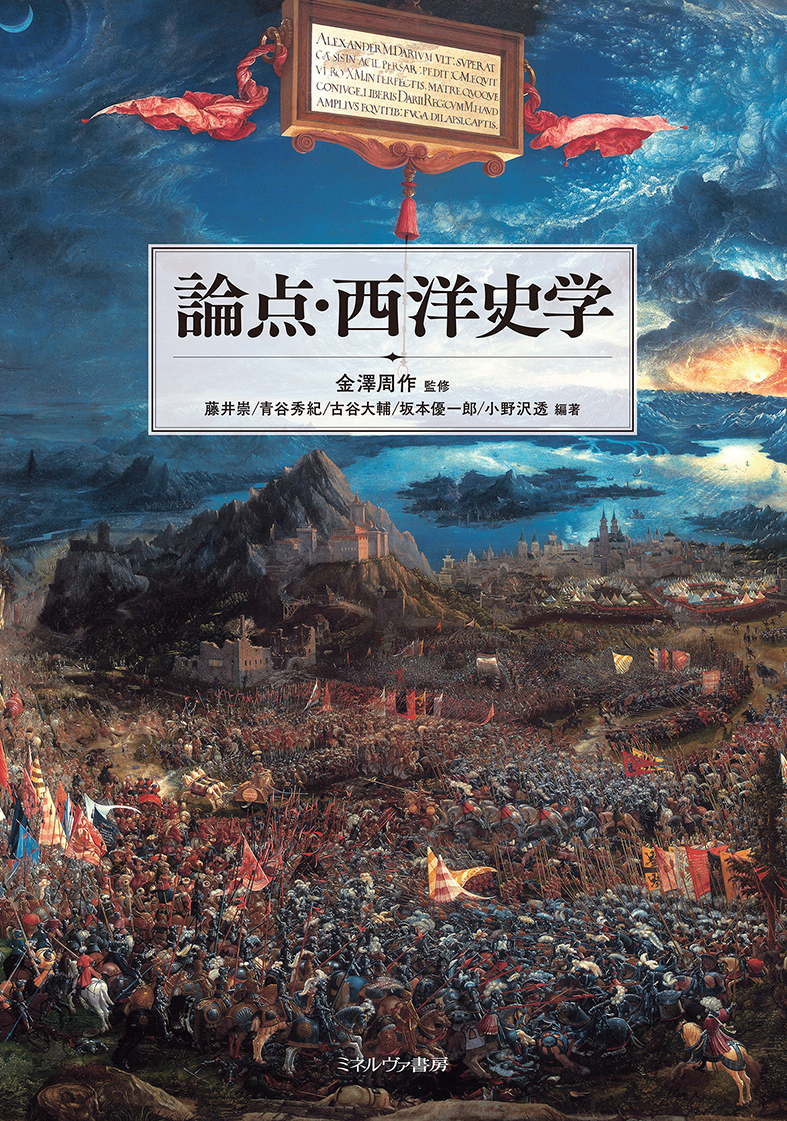
Title
Ronten Seiyoshigaku (Issues in Western History)
Size
340 pages, B5 format
Language
Japanese
Released
April 30, 2020
ISBN
9784623087792
Published by
Minerva Shobo
Book Info
See Book Availability at Library
Japanese Page
The study of history not only aims at discovering new facts about the past, it is also an academic discipline that connects various facts about the past and considers how to describe history. A long and protracted debate is waged over the interpretation of the facts, while a new interpretation is suddenly proposed, arousing a lot of support and harsh criticism alike. Although it deals with the past, the study of history is quite alive.
This volume was published in 2020. Each two-page spread discusses important controversial topics in the study of Western history. There is a total of 139 issues: 32 on ancient history, 28 on medieval history, 29 on early modern history, 26 modern history, and 24 on contemporary history. I certainly am one of the authors but only for one issue across two pages. The total number of authors of this volume is well over 100. Professor Shusaku Kanazawa of Kyoto University supervised the editing and publishing the volume together with five other editors.
I myself wrote about “World-System Theory,” which, meaning modern world system theory, of course refers to Wallerstein’s theory. It is the developmental history of the capitalist system, in which the “modern world-system” that developed mainly in Western Europe gradually spread across the globe from the 16th century onward. In addition to commentary on this theory, I highlighted several criticisms, such as the idea itself being Eurocentric.
This volume seems to have been well received and reprinted many times. We are delighted to have a large number of readers, including many high-school teachers as well as university students. In addition, the volume is a good opportunity for me to relearn. When I was an undergraduate student, I attended a number of lectures on the history of various places around the world. I did so regardless of whether they provided graduation credits. Through such lectures, I could come into contact with the forefront of historical research at that time, and I read many history books, starting with the books introduced in those lectures. The lectures served as guides to learning. However, as I went on to graduate school and specialized in my own field of study, I came to have fewer opportunities to update my knowledge outside of my own field, even though it is all history. Under such circumstances, reading this volume allowed me to update my knowledge about things other than my own area of expertise for the first time in decades. I am so grateful for this.
However, I somehow have some concerns regarding the ease and simplicity of this volume. This volume is merely a kind of showcase for what is so appealing about the study of history. I sincerely hope that, by reading this book, more readers will realize the fun of historical research and continue to read other books. I also hope for emergence of numerous people willing to take on cutting-edge historical scholarship on their own. In the future, I really hope to see more people who can stand at the forefront of historical research and raise new issues.
(Written by SHIMADA Ryuto, Associate Professor, Graduate School of Humanities and Sociology / 2024)



 Find a book
Find a book


